10 Species Success Stories
Good news for wildlife

The success stories of the bald eagle, American alligator, and blue poison frog give species on the brink of extinction something to live for. LiveScience takes a close look at the most impressive comeback kids.
Bald Eagle

In February, the U.S. Fish and Wildlife Service announced it could safely consider kicking our country's national symbol off the federal Endangered Species List. Survivors of the banned poison DDT, the eagles' numbers soared from 417 nesting pairs in 1963 to 9,250 nesting pairs today.
Bison

More than 50 million bison roamed the North American prairies before cowboys headed West and hunted the population down to as few as 750 animals. In 1905, the American Bison Society conserved land for herds and introduced captively bred individuals whose descendants now number about 350,000.
California Condor
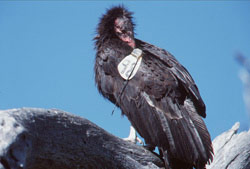
The California condor's not winning any beauty pageants, but its rise from the ashes earns the largest North American bird a Top 10 spot. Its 1987 extinction in the wild make today's 125 free-flying birds a remarkable tale of nurture and nature.
Black-footed ferret
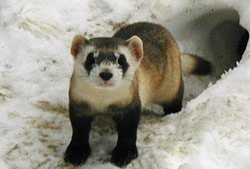
Proclaimed extinct prematurely, the last 120 feral ferrets were discovered in 1981 after a Wyoming farm dog brought one home in its mouth. A decade later, a triumphant captive breeding program has released 2,300 ferrets into the wild.
Koala
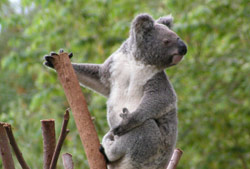
Hunted to near extinction for its fur in the early 20th century, native Australian koalas are thriving in protective reserves. In fact, isolated populations and those on predator-free islands have reached pesky plague proportions.
Grizzly Bear
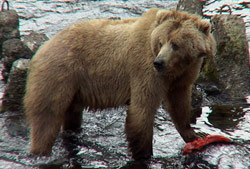
Protection on the Endangered Species List is ending for the grizzlies. About 600 bears live near Yellowstone, up from 271 left in 1975. Populations are in such great shape, say experts some states, that they could become open game for hunting season.
Get the world’s most fascinating discoveries delivered straight to your inbox.
Blue poison frog

Its flashy looks made this small-town frog a top-selling trinket in the international pet trade. The frog leaped back from near extinction with protection from collectors, captive breeding, and conservation of its little habitat in Suriname.
Goliath grouper
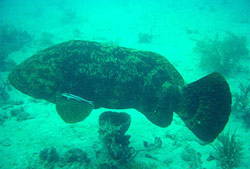
As the biggest fish in the coral reef at 700 pounds, fishermen have coveted a Goliath catch, forcing its population to crash in just 30 years. A 1990's fishing ban in the Caribbean has helped southern Floridian grouper youngsters rebound.
South African dragonflies
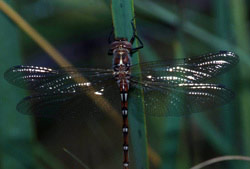
An invasion of nonnative eucalyptus trees blocked the sun shining on the South African habitat that dragonflies depend on. A national program to cut down the shady trees has brought light to the insects, and jobs to local people.
American alligator
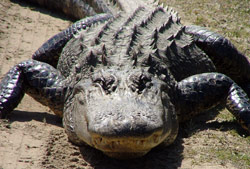
Hunting quotas and egg collection programs cracked the gator decline in the southeastern United States. Landowners collect eggs, when alligators are most vulnerable to predators, sell some of them to gator ranchers, and return the rest of the hatch to the wetlands.



